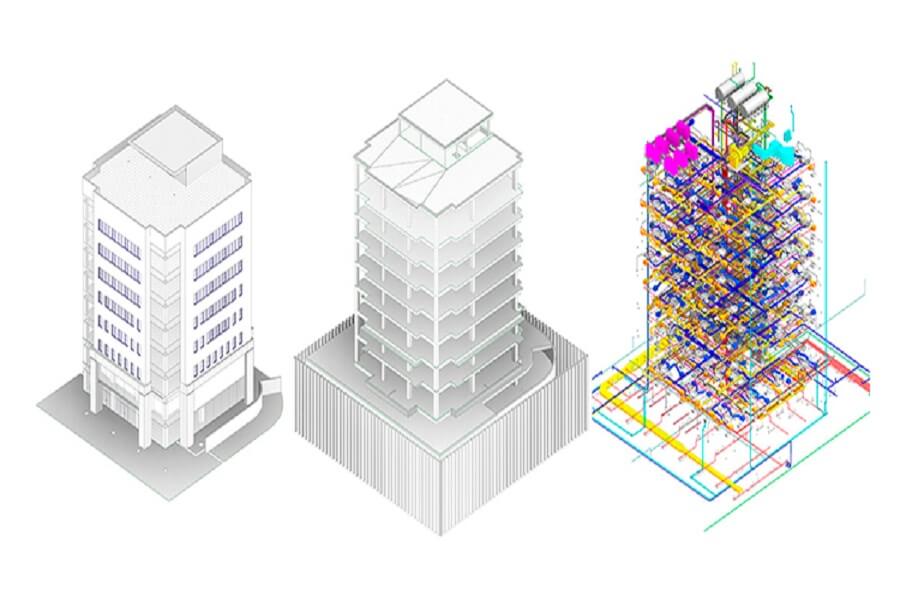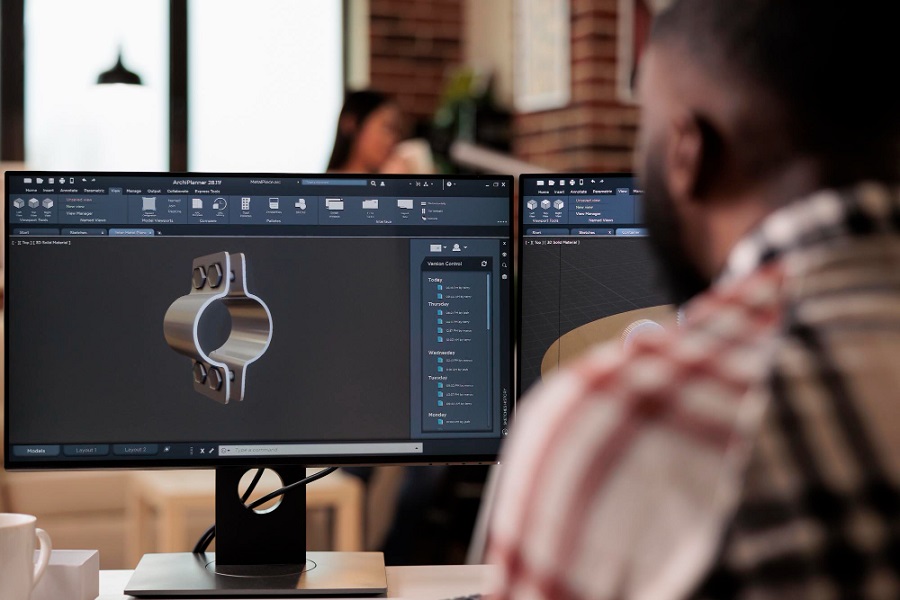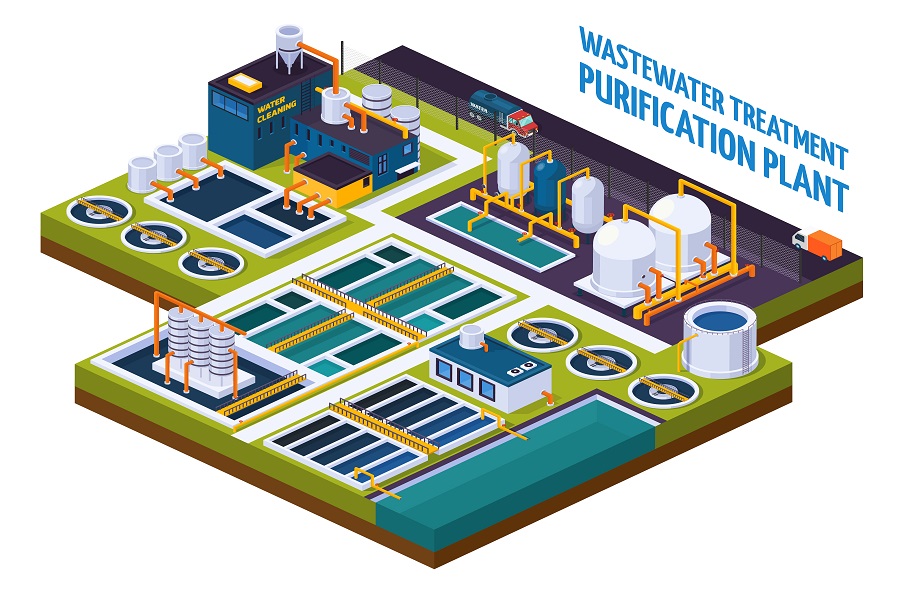BIM Coordination plays a pivotal role in enabling superior clash detection and seamless collaboration among multidisciplinary teams and helps in optimizing project outcomes to a whole new level.
From architectural and structural designs to mechanical, electrical, and plumbing (MEP) systems, BIM coordination ensures that all the components of the building seamlessly fit together, so as to minimize clashes and conflicts.
It serves as a singleton bridge that seamlessly connects all stakeholders together and fosters effective communication and streamlined decision-making. By leveraging the power of BIM coordination, potential clashes and discrepancies can be detected and resolved in the virtual environment much before actual construction begins. This helps in avoiding costly rework and delays during the construction phase.
Let’s see what BIM Coordination and Clash Detection is and why is it crucial for engineers and construction professionals.
What is BIM Coordination?
BIM coordination, also known as Building Information Modeling coordination, involves utilizing advanced BIM tools and technologies to integrate and collaborate various 3D models within a construction project. This ensures seamless coordination between architectural, structural, mechanical, electrical, and plumbing systems, as well as other relevant components.
The main goal is to identify and resolve clashes or conflicts that may occur between different building systems before construction commences. By bringing all the multidisciplinary models together in a virtual environment, clash resolution can be carried out early in the project lifecycle, which allows stakeholders, including architects, engineers, contractors, and subcontractors, to collaborate effectively and build efficiently.

Top BIM Coordination Software and Technologies
- Autodesk Navisworks: A widely used software for BIM coordination and clash detection, Navisworks allows the integration of various 3D models, identification of clashes, and visualization of project data.
- Revit: As a powerful BIM tool, Revit enables precise modeling, coordination, and clash resolution and helps in enhancing collaboration and project efficiency.
- Solibri: With advanced rule-based clash detection and model-checking capabilities, Solibri ensures quality control and smooth coordination among multidisciplinary teams.
- Tekla BIMsight: A user-friendly collaboration platform, Tekla BIMsight facilitates coordination, clash detection, and communication in a seamless manner.
- Revizto: A real-time collaboration platform, Revizto clash detection capabilities allow teams to import 3D models, identify clashes, and manage project data efficiently.
- Bentley AECOsim: Offering comprehensive BIM coordination and clash detection features, Bentley AECOsim supports smooth project delivery and efficient data management.
- ArchiCAD: An architectural BIM software, ArchiCAD allows coordination and clash resolution for optimized design development and project collaboration.
- Trimble Connect: With cloud-based BIM coordination capabilities, Trimble Connect enables real-time clash detection and collaboration across different project stakeholders.
- BIM Track: It simplifies clash detection and issue tracking and fosters better communication among team members.
- ClearEdge3D EdgeWise: Specializing in laser scanning and point cloud data analysis, ClearEdge3D EdgeWise enhances the accuracy of clash detection in complex environments.
Steps Involved in Multidisciplinary BIM Coordination-Clash Detection
The steps to effective clash coordination are as follows:

- Proper Models Placement: Ensure that all models have the same coordinate system and are accurately aligned to each other to avoid errors during coordination.
- Selection of Coordination Tools: Choose the right coordination software based on the project’s needs and compatibility with various modeling programs.
- Proper Export to IFC Format: Export models to the IFC format to merge them into a collective model for multidisciplinary coordination.
- Combining Models: Use the coordination software to combine all disciplinary models into a single multidisciplinary model.
- Specifying the Scope of Model Checking: Determine the scope of coordination, including collision detection, space validation, and distance checks between elements.
- Determining Rules for Model Checking: Create user-defined rules to check for collisions and issues between different elements.
- Carrying Out Model Checking: Use the coordination software to run clash detection and identify collisions and design errors.
- Assigning and Communicating Issues: Assign detected issues to responsible team members and communicate the need for resolution.
- Sending Coordination Reports: Generate and send coordination reports to team members, highlighting the identified clashes and issues.
- Results Analysis and Further Steps: Analyze the coordination reports to identify patterns, bottlenecks, and areas for improvement, and take appropriate actions to address the identified issues.
Benefits of BIM Coordination and Clash Detection
Some of the significant benefits of BIM clash detection and coordination include:
1. Enhanced Collaboration and Communication
BIM coordination fosters effective communication and collaboration among architects, engineers, contractors, and other project participants. All relevant data, including 3D models, schedules, and specifications, are centralized in the BIM platform, which makes it possible for stakeholders to access and update information in real time. This cohesive and integrated approach minimizes misunderstandings, reduces project delays, and promotes a unified understanding of the project’s progress.
2. Early Detection and Clash Resolution
The process significantly reduces the likelihood of clashes emerging during construction, saving valuable time and resources. By spotting and resolving clashes in the virtual environment, Revit clash detection services ensure a smoother construction process, with fewer change orders and on-site modifications.
3. Cost and Time Savings
One of the most significant benefits of MEP clash detection services is the potential for cost and time savings. Identifying and resolving clashes before the initiation of construction helps avoid rework, schedule delays, and cost overruns. This leads to more efficient workflows, increased productivity, and minimized construction waste.
4. Improved Construction Quality and Safety
BIM coordination services ensure accurate design representation and lead to a higher level of construction quality. By addressing clashes and potential design issues upfront, it helps in mitigating the risk of errors and accidents on the construction site.
5. Streamlined Project Management
The comprehensive and centralized nature of BIM coordination streamlines project management tasks. It facilitates better decision-making, enables precise scheduling, and aids in resource allocation. With real-time access to project data, AEC professionals can make informed choices, prioritize tasks, and optimize resource utilization. This leads to increased efficiency and project success.
6. Enhanced Visualization and Communication with Stakeholders
BIM clash coordination enhances the visualization and communication of the project’s progress to clients and other stakeholders. The ability to present detailed 3D models and renderings aid in understanding the project’s design intent and facilitating informed decision-making.
7. Sustainable Design and Building Operations
BIM coordination offers opportunities for sustainable design and green building practices. By simulating energy performance, material usage, and building systems, stakeholders can optimize the project’s sustainability aspects and ensure long-term efficiency in operations.
Making the Most of Technology
BIM clash coordination is a technical process; the software is costly and experienced resources are hard to find. Additionally, keeping up with rapidly evolving technology and the risk of familiarity bias can hinder effective clash detection. This makes it challenging for many companies, especially smaller ones, to purchase tools and conduct in-house clash detection.
For maximum benefits, most AEC professionals consider outsourcing BIM coordination and clash detection services to specialized firms. These firms have access to the latest and the most powerful BIM tools, eliminating the need for companies to invest in their own licenses and infrastructure. This approach not only reduces upfront expenses but also saves on maintenance and software upgrade costs.
Moreover, outsourcing brings in the expertise of skilled professionals who are well-versed in using BIM software and conducting clash detection efficiently. These experts can detect and resolve clashes more accurately and quickly and ensure improved project timelines and reduced rework expenses.
So, to make the most of technology, consider outsourcing BIM coordination and clash detection services to specialized firms like Enginerio and gain instant access to cutting-edge tools and benefit from the expertise of our skilled professionals. We ensure efficient clash resolution, streamlined project execution, and cost-effectiveness, allowing you to focus on core activities and achieve improved project outcomes.
Let us be your partner in success. Get in touch now to discuss your specific needs and requirements or to get a free quote.






